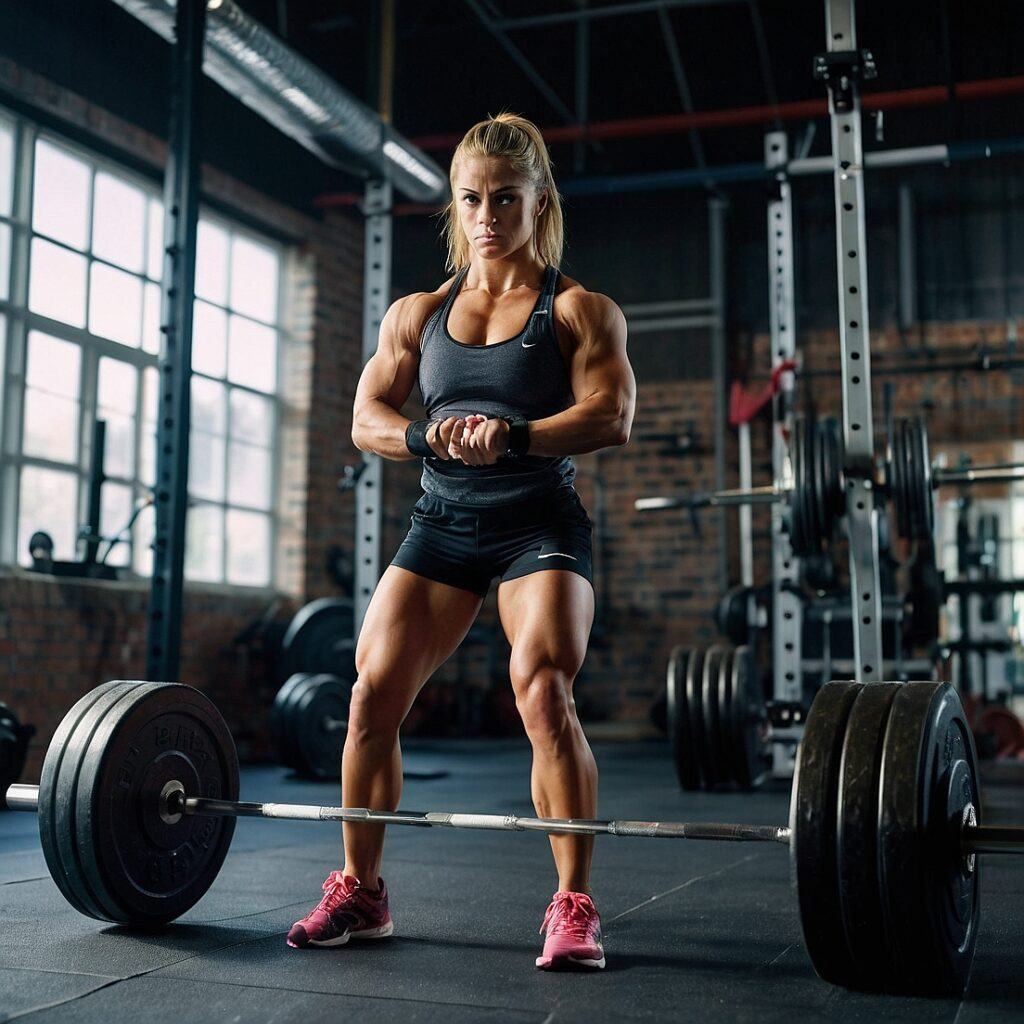
Bodybuilding is an exhilarating journey toward sculpting a stronger, more defined physique, but it’s not without its pitfalls. All too often, lifters experience injuries that can derail progress. Personally, I’ve faced my fair share, mainly grappling with lower back and shoulder pain. These setbacks taught me some valuable lessons that I’m more than happy to share.
Understanding Common Injuries
Understanding common injuries is crucial for anyone engaging in bodybuilding. These injuries can significantly delay your progress, as they often require reducing weight or even taking a break from lifting. Some of the most frequent injuries include:
- Tendonitis: This occurs when tendons, the thick cords that attach muscles to bones, become inflamed. It’s often caused by repetitive stress or overuse, particularly in the elbows and shoulders during exercises like bench presses and rows.
- Shoulder Joint Impingement: Shoulder impingement is a common cause of shoulder pain, where a tendon inside your shoulder rubs or catches on nearby tissue and bone as you lift your arm. It affects the rotator cuff tendon, which connects the muscles around your shoulder joint to the top of your arm. An impinging shoulder will often improve in a few weeks or months with the right type of shoulder exercises, but it can occasionally be an ongoing problem.
- Lower Back Pain: In my opinion, lower back pain usually stems from the muscles, tendons, and other soft tissues around the spine rather than the vertebrae itself and is not something to be overly concerned about. It can feel quite serious, but it’s important to remember that the lower back contains many muscles and tendons that are larger and more prone to pain when inflamed compared to other areas of the body. While it may seem alarming, these tissues can be more sensitive and easily triggered. Of course, it’s crucial to listen to your body and avoid performing any exercise that causes pain.
- Knee and Elbow Injuries: These joints are particularly vulnerable when lifting heavy weights without proper form or preparation.
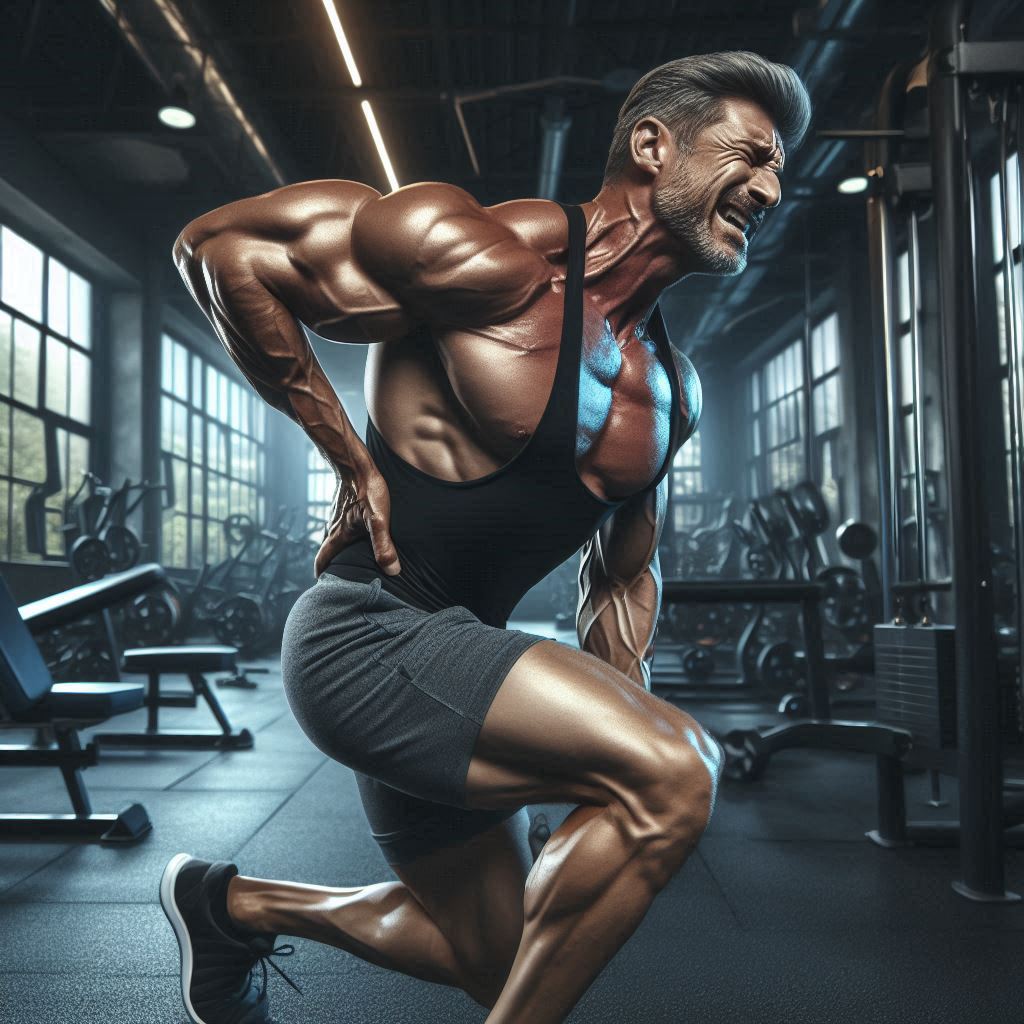
Medical Perspective
From a medical standpoint, these injuries usually involve inflammation, tears, or strains in muscles, tendons, or ligaments. Instead of focusing solely on rehabilitation techniques, which can be hit or miss, it’s often better to use common sense: find a way to continue the movement without pain. This might mean using a lower weight for more reps or switching to a similar exercise. If these adjustments don’t help, it might be worth consulting a doctor or physical therapist, though time often proves to be the best healer.
Lessons Learned
As happy as I am with the results I’ve achieved through bodybuilding, I have to admit that I’ve pushed myself too hard at times and ignored pain until I was unable to even work out at the gym. If I had backed off and followed the advice in this article, I believe I’d have gotten to where I am now much sooner and would be considerably stronger than I am today.
Listening to Your Body
A big takeaway from my experience is the importance of listening to your body. If something feels off, don’t push through the pain. Modify the exercise or switch it up entirely. It’s better to adjust your routine than to be sidelined for weeks or even months.
The “No Pain, No Gain” Myth
The idea that “no pain, no gain” is essential to bodybuilding has likely caused more harm than good. While bodybuilding should indeed be challenging, it should remain enjoyable and free from unnecessary pain—aside from the beneficial soreness of worked muscles. If you find yourself dreading workouts, it might be a sign that you need more recovery time or are pushing too hard. While there are moments when pushing to your limits can be beneficial, more often than not, leaving a couple of reps in reserve is the smarter approach. This strategy often leads to better gains in the long run by reducing the risk of injury and overtraining.
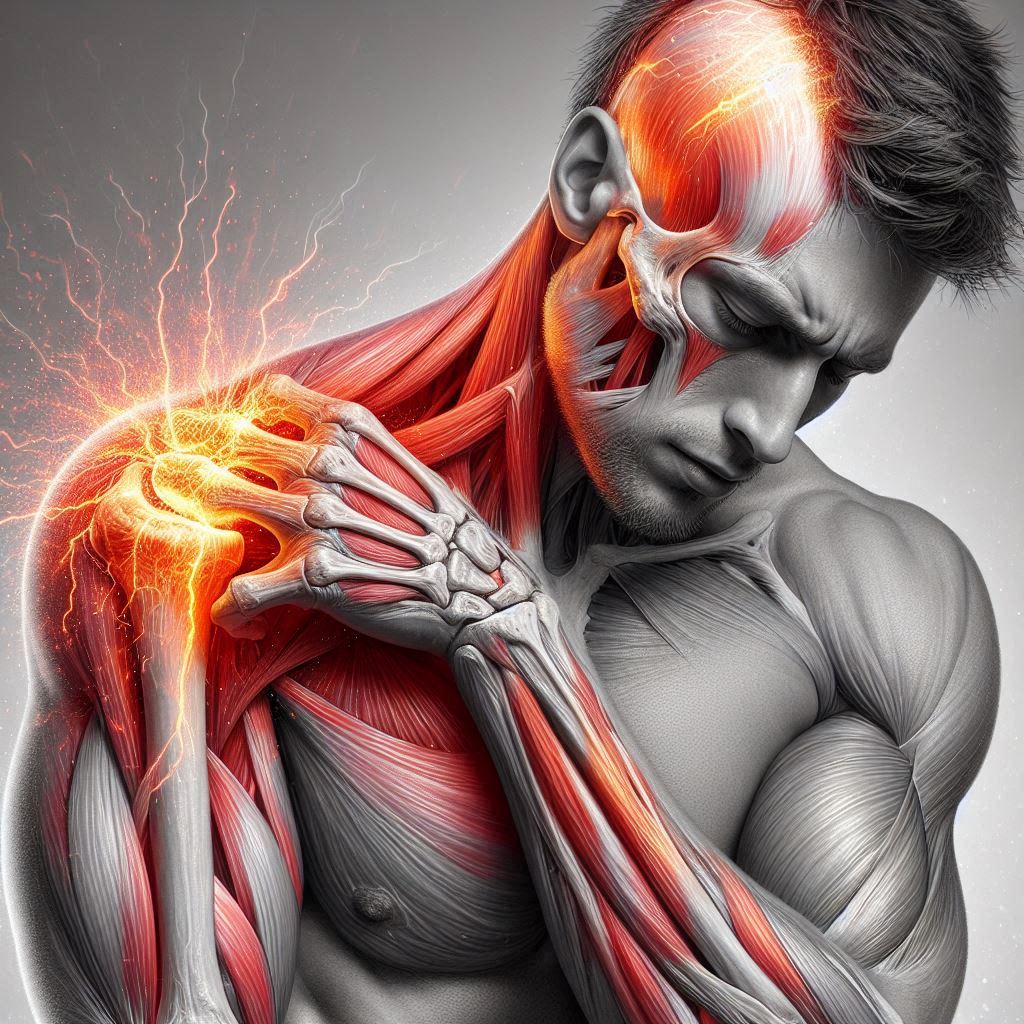
Staying Active
My own experiences have mostly been lower back pain. For years I believed the best thing to do was to rest from physical activity until the pain went away. I now know from studies and personal experience that this is the worst thing you can do. You need to stay active. When you are inactive, the muscles that support the joints will weaken, often making the problem worse. Plus, all the gains you lose from not going to the gym!
Warming Up: The Key to Injury Prevention
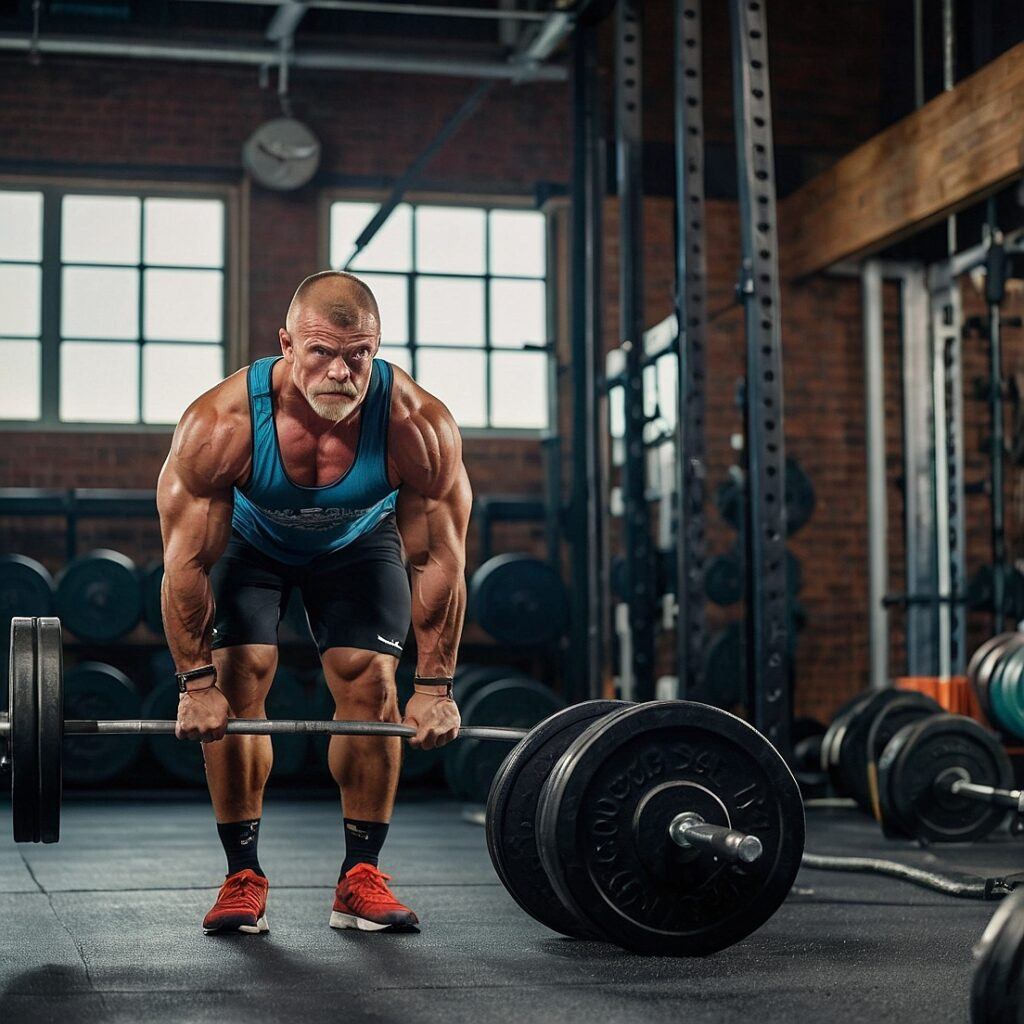
Warming up properly is the cornerstone of avoiding injuries in bodybuilding. It’s not just about feeling warm or limber; it’s about preparing your muscles and joints for the heavy lifting ahead.
- Start with Minimal Weight: Begin your workout with the exercise you’re planning to do but with minimal weight. For instance, if you’re planning to squat, start with the barbell alone.
- Gradual Weight Increase: Gradually add weight in small increments, performing a few sets until you feel ready to tackle your working sets.
- Muscle Activation: Focus on getting your muscles activated and ensuring your form is dialed in before you lift heavy weights.
Personally, I noticed a significant reduction in my lower back pain and shoulder issues once I started incorporating a thorough warm-up routine. For me, warming up with just the bar and slowly adding weight helped me perfect my form and ready my muscles for the heavier lifts.
Exercise Selection and Pain Management
Modifying exercises to prevent pain is essential for longevity in bodybuilding. Pushing through it can lead to significant injuries and delay your gains as you might have to reduce weight or stop lifting. If something hurts, reduce the weight or find an alternative exercise that targets the same muscle groups without causing discomfort.
- Modify Exercises: If standard exercises like barbell presses cause pain, switch to alternatives like landmine shoulder presses.
- Strengthen Surrounding Muscles: Building strength around your joints is critical. Strong muscles can absorb more shock and reduce the strain on your joints. You don’t need to worry too much about targeting specific muscles individually. By working your whole body through powerlifting or similar exercises recommended on this site, you can rest assured that these supporting muscles will be engaged effectively.
- Be Consistent: Consistency in these practices allows you to keep training effectively without unnecessary breaks due to injuries.
Listening to your body is key. If you feel discomfort, stop immediately. It’s not worth the risk. Modify the exercise or choose a different one that feels better. This approach isn’t about avoiding exercises completely but adapting them to your body’s needs.
The Role of Proper Form and Gradual Weight Increase
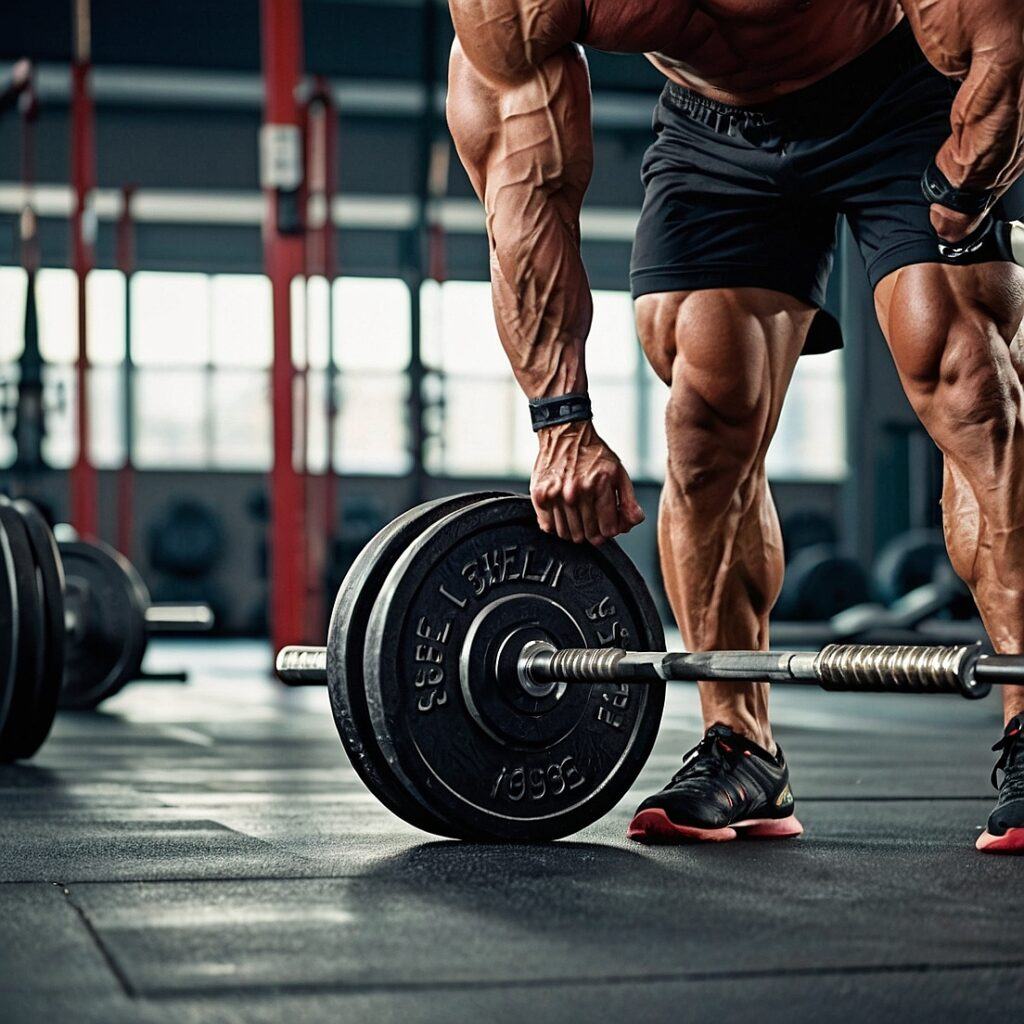
Mastering the correct form for each exercise is paramount in preventing injuries. Habitually using flawed form not only risks injury but can also impede progress and muscle development.
- Start with Lighter Weights: Start with lighter weights and progressively increase them at each workout to build strength and stability around your joints.
- Focus on Form: Begin light, focus on form, and incrementally add weight only when you feel confident and stable.
When I started deadlifting regularly, I avoided exacerbating my lower back pain by slowly building up the weight. This gradual increase strengthened the muscles surrounding my spine, providing better support for it.
Training Recommendations
For optimal strength, hypertrophy, and power gains, I believe it’s ideal to lift 5 sets of 5 reps using low bar squats, conventional deadlifts, bench press, overhead press, and bent-over rows. However, if these exercises are painful, lower the weight and use a higher rep range. If it still hurts, you need to use an alternative exercise. Never do an exercise that is causing discomfort and pain.
Additional Techniques for Injury Avoidance
Using training belts and proper bracing techniques can significantly reduce the risk of injury, especially for heavy lifts like squats and deadlifts.
- Training Belts: There was a time when I was misinformed about the use of weight training belts and the importance of the transverse abdominis, largely influenced by fitness personalities like Paul Chek. He emphasized avoiding belts to strengthen the core naturally. However, my experience with frequent injuries back then led me to question this advice. I now believe in using belts for heavy lifts, as they give your core muscles a solid base to push against, increasing intra-abdominal pressure and acting as a support system for your spine.
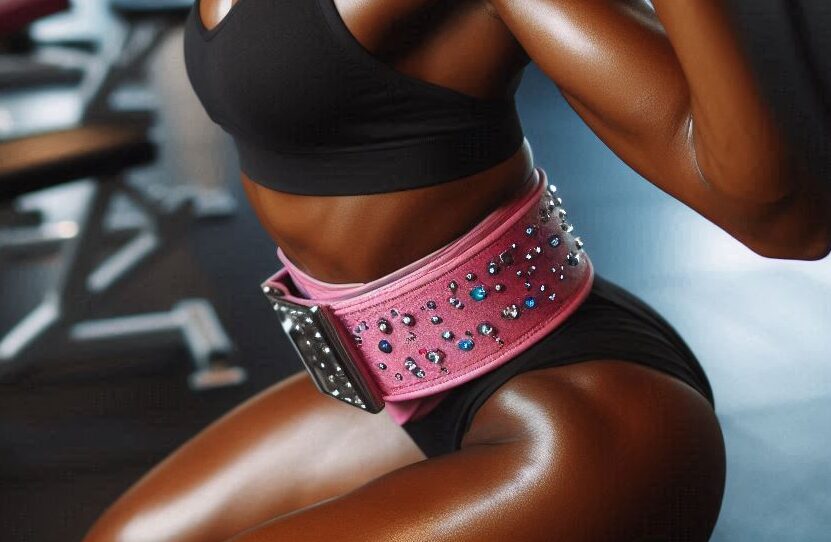
- Bracing Techniques: Bracing involves taking a deep breath and tightening your core, creating a natural ‘belt’ of muscle around your midsection. This is especially effective when using a training belt, but can be done without one still.
- Unilateral Exercises: Performing movements with one limb at a time is often recommended to address muscle imbalances, which some believe can lead to injuries by causing one side of the body to overcompensate for the other. However, I am skeptical of the idea that muscle imbalances are a primary cause of injuries, as the evidence supporting this claim isn’t very strong. Instead, I find unilateral exercises useful because they allow the injured side to move slightly differently from the non-injured side. This flexibility means you’re not forcing the injured side to mimic the exact movement of the healthy side, which can help reduce pain and support recovery.
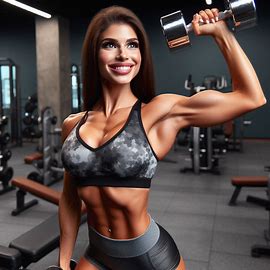
- Monitor Lift Speed: Lifting the concentric phase (the lifting part) as quickly as possible is good for strength and power gains. However, slow down if it feels uncomfortable or painful.
- Vary Rep Ranges: If lifting in the five-rep range causes pain, switch to lighter weights and higher reps (eight to 15) until you’re pain-free.
Conclusion: The Importance of Listening to Your Body
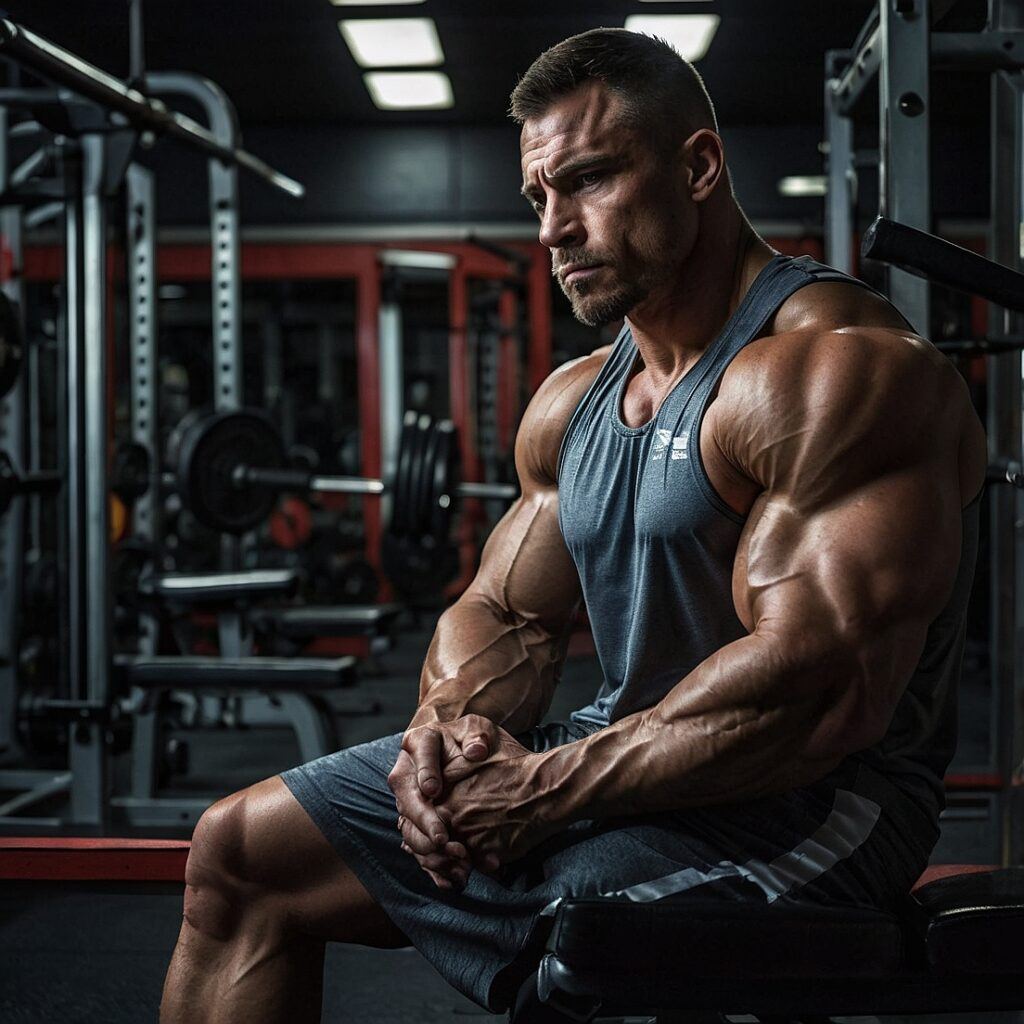
Navigating your bodybuilding journey isn’t just about lifting heavy and building muscle—it’s also about staying in tune with your body. Ignoring pain or discomfort can lead to long-term setbacks, something I’ve learned firsthand.
- Listen to Your Body: Pain is a signal that something is wrong, and it’s crucial to address it immediately.
- Smart Exercise Choices: Incorporating smart exercise choices and techniques like bracing and using training belts can make your lifting sessions safer and more effective.
In the end, bodybuilding is about consistency and longevity. By making informed choices and listening to your body, you set yourself up for long-term success. Keep learning, keep adapting, and most importantly, keep prioritizing your health.
Happy lifting, and remember: it’s not just about the weights you lift but how you lift them. Stay safe and strong!
David Crowther, also known as Dr. David Gainz, has over 32 years of experience in bodybuilding and a professional background as both a pharmacist and dentist. With a passion for science-backed training methods, David combines his extensive knowledge of human physiology with decades of hands-on experience in strength and hypertrophy training.
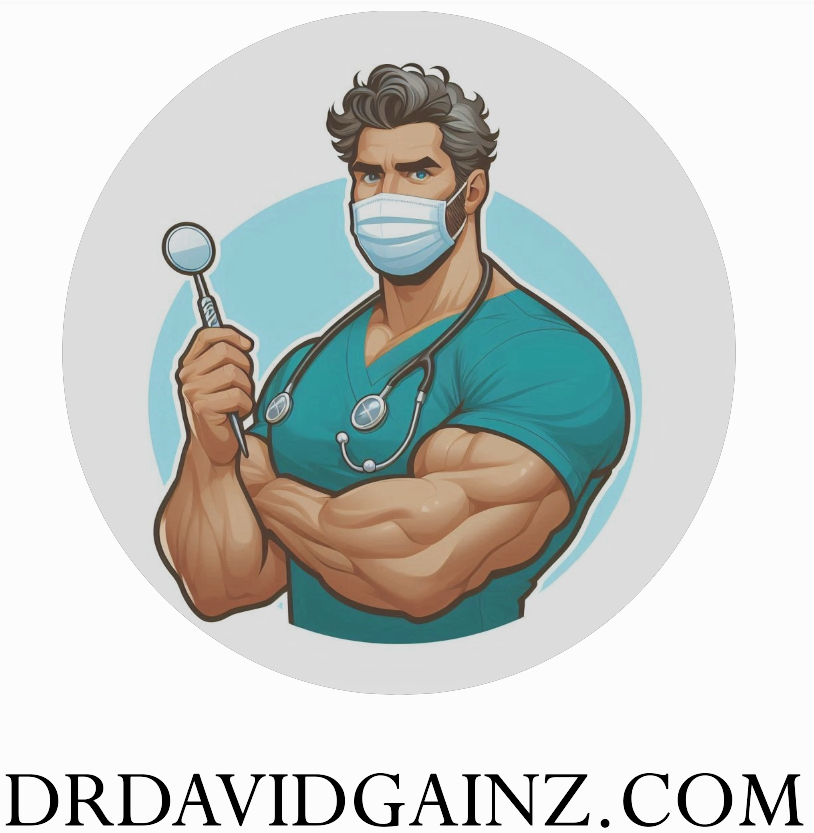
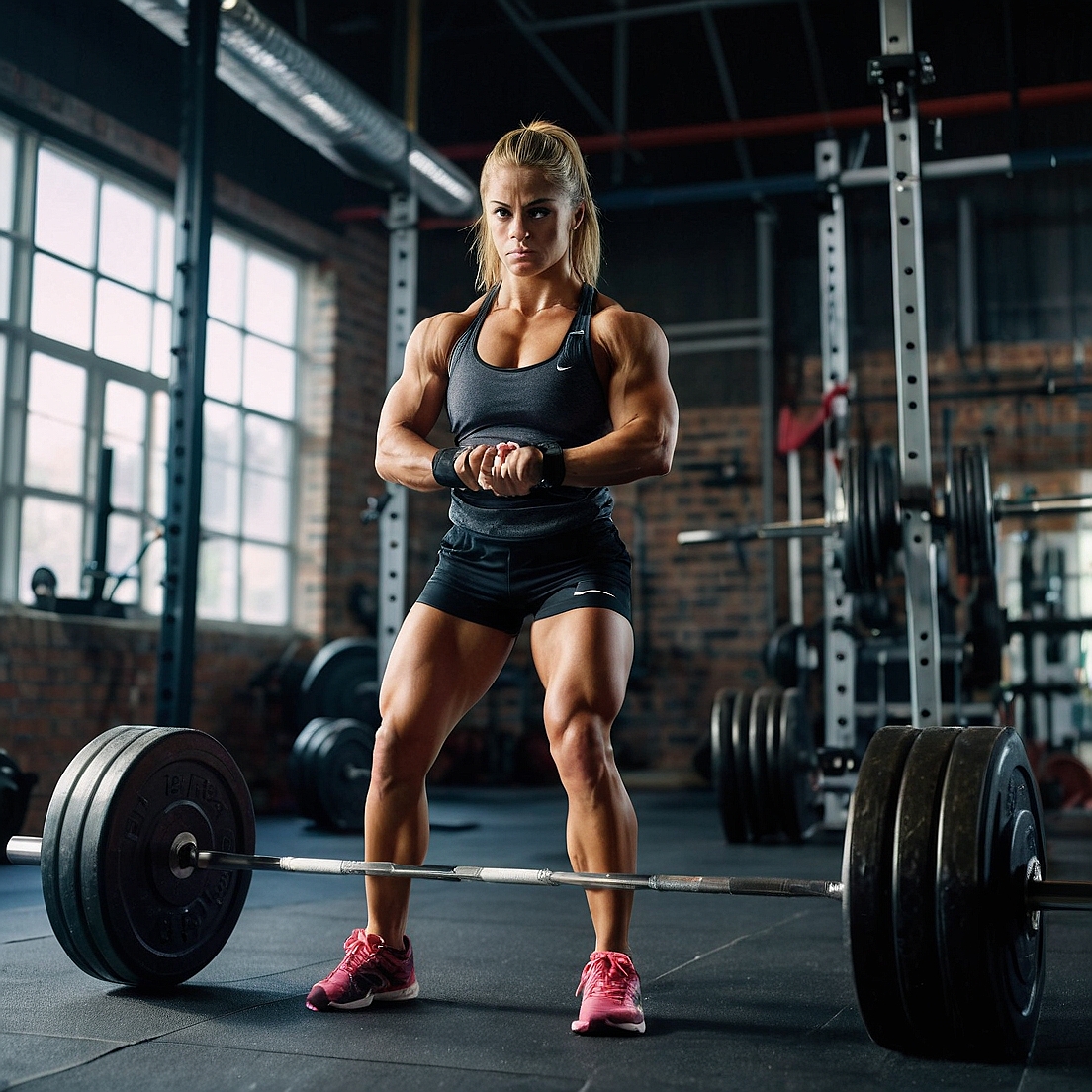
Hi
Thanks for sharing the informative article.i have few questions the topic.
Why is lower back pain common among bodybuilders, and what can be done to prevent it?
What are the common causes of knee and elbow injuries in bodybuilding?
How can inflammation, tears, or strains in muscles, tendons, or ligaments be managed without taking a break from lifting?
When should one consult a doctor or physical therapist for bodybuilding-related injuries?
Hi SJ
Lower back pain is common among bodybuilders because it is common in people in general. About 70 to 80 percent of people have had back pain at one time or another. Plus bodybuilders do exercises like squats and deadlifts which can easily trigger back pain, especially if they go too heavy before their body has adapted to be able to handle the load and also if they don’t warm up properly or their form fails.
Just about any leg exercise can cause knee injuries, but in my experience the smith machine has been the worst. That’s just for me. I’m not anti the smith machine. Elbow injuries are very common from bench pressing and also bent over rows. The best way to prevent injuries are to listen to your body and stop doing whatever is causing pain as soon as you notice. To warm up thoroughly, ideally with the exercise you’re going to be going heavy on. You can manage injuries without taking a break from lifting by finding exercises that don’t hurt or, if needed, just avoid working out the sore body part until it feels better.
I would recommend consulting a doctor or physical therapist if the pain is severe or you have numbness or pins and needle sensations (which may indicate more serious spinal problems). I would also see a doctor or physical therapist if the pain isn’t improving or is getting worse for more than three weeks after you have tried to manage it yourself following the advice in this article.